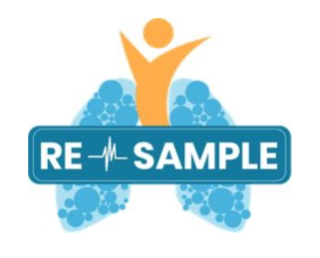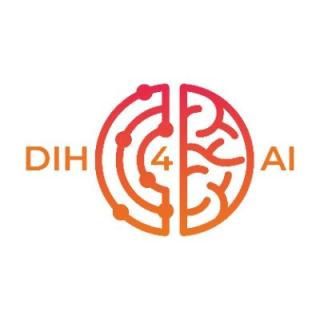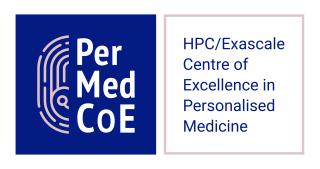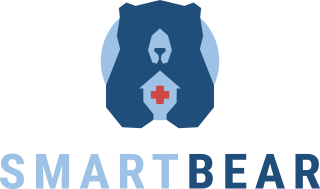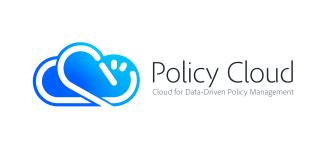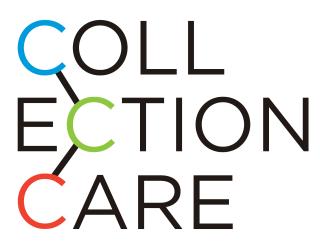

AI4EU will efficiently build a comprehensive European AI-on-demand platform to lower barriers to innovation, to boost technology transfer and catalyse the growth of start-ups and SMEs in all sectors through Open calls and other actions. The platform will act as a broker, developer and one-stop shop providing and showcasing services, expertise, algorithms, software frameworks, development tools, components, modules, data, computing resources, prototyping functions and access to funding. Training will enable different user communities (engineers, civic leaders, etc.) to obtain skills and certifications.
The AI4EU Platform will establish a world reference, built upon and interoperable with existing AI and data components and platforms. It will mobilize the whole European AI ecosystem and already unites 80 partners in 21 countries including researchers, innovators and related talents. Eight industry-driven AI pilots will demonstrate the value of the platform as an innovation tool. In order to enhance the platform, research on five key interconnected AI scientific areas will be carried out using platform technologies and results will be implemented. The pilots and research will showcase how AI4EU can stimulate scientific discovery and technological innovation. The AI4EU Ethical Observatory will be established to ensure the respect of human centred AI values and European regulations.
Sustainability will be ensured via the creation of the AI4EU Foundation. The results will feed a new and comprehensive Strategic Research Innovation Agenda for Europe.
Our teams actively participate in AI4EU as leader of the pilot focused on the application of Artificial Intelligence in Agriculture with the aim of helping farmers to reduce production costs and obtain the highest possible quality.
Through the AI4Agriculture pilot, Atos implements advanced data analysis capabilities from satellite, drone, and laboratory images, for the automatic counting of fruits in a plant and the evaluation of the maturity and quality of the harvest in vineyards located in the region. from Ribera del Duero. These functionalities will allow winegrowers to make decisions, for example, selecting the optimal harvest time, identifying the water stress of the plants, or giving data to predict which areas of the vineyards have adequate production to create different types of wines.






